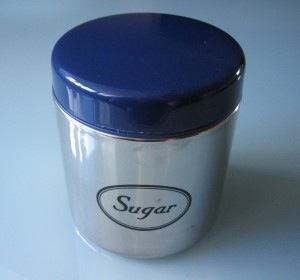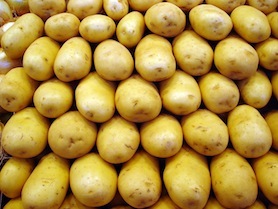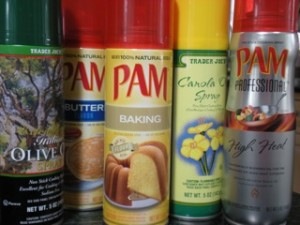 Change Your Route To Save Some Calories
Change Your Route To Save Some Calories
Is your route around the supermarket always the same – and does it usually include the aisles that get you in trouble? For me it’s the home made cookie aisle, for some it’s the home for crunchy and salty chips and pretzels, for others, it’s the ice cream freezer cases with box after box of mouth watering ice cream confections.
I realized the other day that I was frequently stopping at a market near my office rather than going to the one I usually go to – one that’s closer to home and far more convenient. Both markets are quite similar – independent family run business with good quality and selection. Why was I frequenting the one closer to my office rather that my hometown market?
The Baked Goods
Answer: The market near my office has it’s own bakery – and sells not just the premade and packaged baked goods, but freshly made scones, cupcakes, tarts, pies, cookies. Really good stuff. My inevitable route in the store always ends up in the baked goods corner, and once there it’s almost impossible for me not to succumb to the freshly baked chocolate chip or oatmeal cookies or ham and gruyere scones.
Do You Find Your Route Home Goes Past A Bakery Or Fast Food Place?
I’ve met and worked with a number of people who complain about being unable to kick their habit of stopping for donuts or a Big Mac or Whopper on their way home from work. Maybe it’s a slice of pizza or a hot dog or an ice cream cone. Whatever the food of choice might be, stopping for it becomes a habit – a habit that translates into weight gain. The routine of traveling a certain route – one that passes the source of the food that has become the habitual snack – becomes so ingrained that you function on autopilot. You may not even think about going to the place that sells your choice of food – you seem to just find yourself there.
It’s A Weekend Thing, Too
These routines that end up with downing your snack of choice may be your weekend “thing” rather than your daily routine. For weekend mall shoppers: do you know where the pretzel store or the best chocolate store is in the mall? Does your shopping always include a walk past that food store – followed by the inevitable purchase?
SocialDieter Tip:
A treat is not always a bad thing. However, when a treat food becomes a habitual choice that leads to weight gain –probably followed by lament over the fact that you ate that (whatever it is) once again, perhaps it’s time to reconsider your route, and your routine. Change it up. Take a different route home, go to a different store, walk around the supermarket in a different direction. We all get used to doing certain things in a certain way. That may be fine – unless it’s not. If your routines are causing you to eat poorly, do something different. Do you have to drive by Dunkin’ Donuts, Baskin Robbins, or Burger King on the way home? If you don’t drive, or walk, by them, you can’t stop in. Do you have to go to the mall with the pretzel shop, or can you go elsewhere? Yesterday I went into my “problem” market and made a point of doing my shopping in the reverse order. I started in the corner of the market with the bakery. Amazingly, pushing right past the baked goods when I first got into the market made them less seductive and I escaped without my cookie or scone of choice. I’m not quite sure why, but I’ll take it. And I’ll try it again the next time.



